New York's supertall towers "damage the city fabric" says Elizabeth Diller
Diller Scofidio + Renfro co-founder Elizabeth Diller has hit out at New York's spate of luxury skyscrapers, saying that the city is at risk of being "consumed by the dollar" (+ interview).
Diller said that supertall residential towers like Rafael Viñoly's 432 Park Avenue, Jean Nouvel's 53W53 and SHoP's 111 West 57th Street are being developed piecemeal with no overarching plan to protect the character of the city.
"Every property [developer] is in it for themselves, building into outer space," she said. "They damage the city fabric."
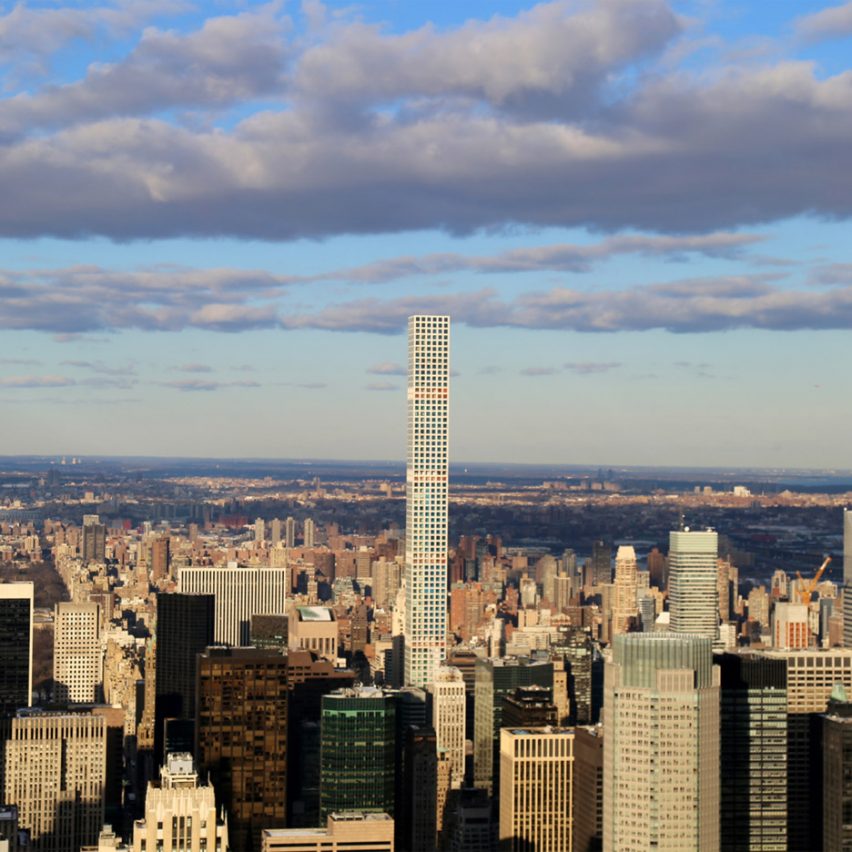
New York's skyscrapers were traditionally clustered in the Midtown and Downtown areas, but recently towers have started springing up all across the city. This is having a negative impact on low-rise neighbourhoods, said Diller.
She pointed to the Hudson Yards scheme on the west side of Manhattan – where a group of 16 towers was rigidly masterplanned over a rail depot – as a better model for future development.
"That area is zoned up, but just around the train yard," the architect said. "There are multiple tall buildings there. It was planned, with its logic."
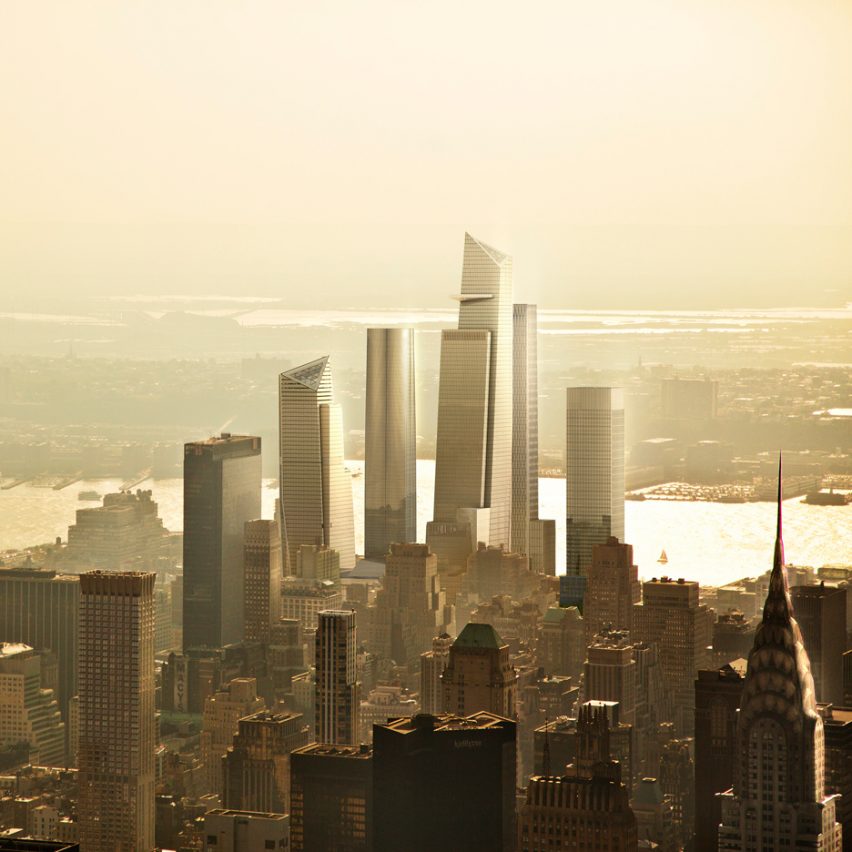
"What what you don't have is singular buildings independently, like some of the supertalls that are casting shadows into the park, or just entirely by themselves," she added.
She also called for protection of public space in the city, after the area around her studio's High Line park – built along a section of disused elevated railway – was transformed from a "sea of parking lots" into expensive private properties.
"In a progressively privatised city, the defence of public space, the production of new public space and saving what is public really for the public is very important," she said. "Before we know it, everything is going to be consumed by the dollar."
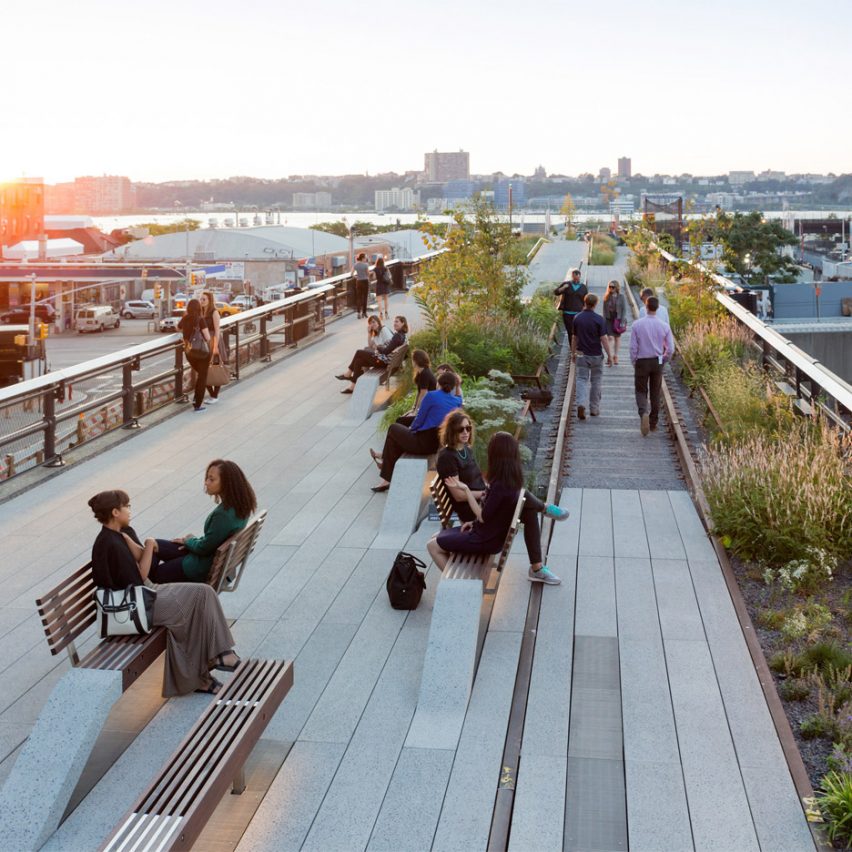
Diller is the latest architect to criticise New York's supertall skinny residential towers, following Steven Holl's Opinion piece for Dezeen last year. Critic Aaron Betsky also said that Manhattan's rash of skinny towers had turned New York into an extreme work of art.
Diller founded Diller Scofidio + Renfro (DS+R) with Ricardo Scofidio and Charles Renfro in 1979. The studio's best-known work includes The Broad museum in LA, and the overhaul of New York's Lincoln Center.
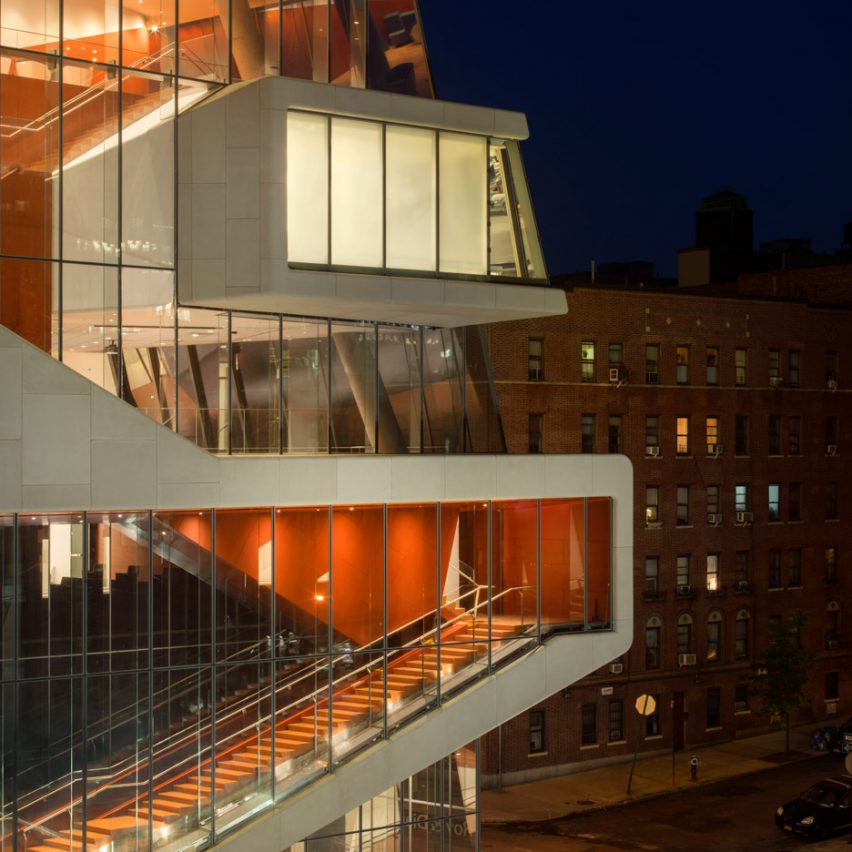
She spoke to Dezeen last week at the unveiling of DS+R's newly completed 14-storey medical centre for New York's Columbia University.
The firm is also currently working on the expansion of the city's Museum of Modern Art, although its original plans were scaled back in January.
The project made headlines again this year when rumours emerged that the redesign would not include dedicated architecture and design galleries, but MoMA eventually dispelled this speculation.
"It's undergoing a tremendous, almost seismic change," said Diller. "The curators are working together to use the building and expansion in ways that supersede the idea of disciplinary spaces."
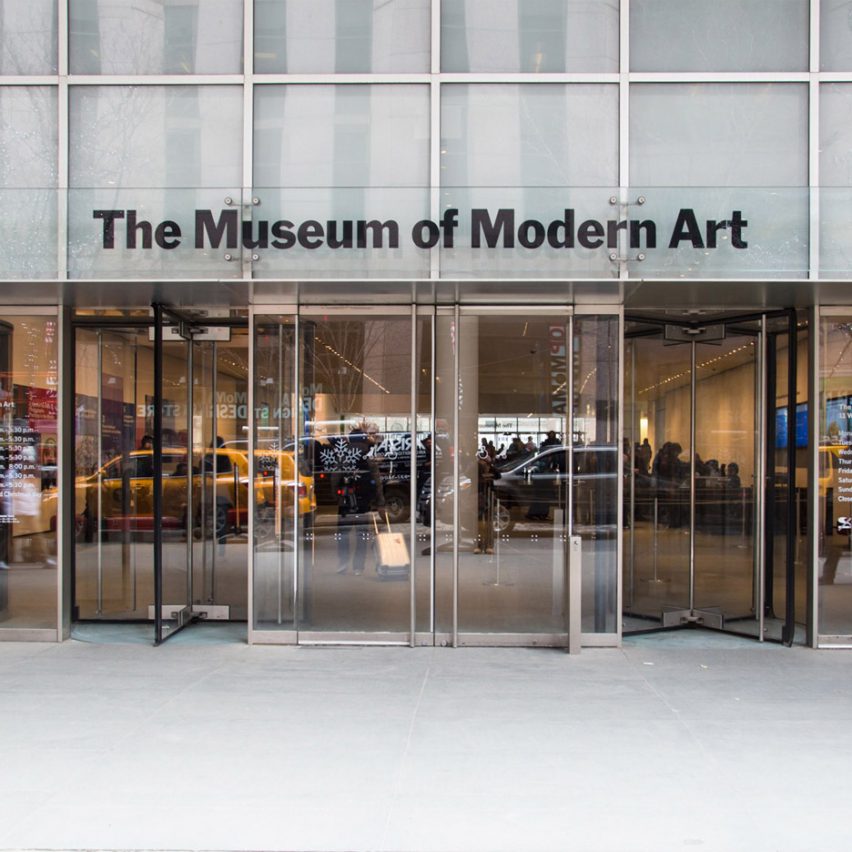
"It's not going to be every floor with its own discipline, the way it is today," she added.
DS+R is also planning a street-level gallery that Diller hopes will make the museum's collection more accessible to the public.
"Being a New Yorker, and someone that goes to MoMA as a patron, I want it to be good," she said. "I don't want to feel like the space is alienating, or over-corporate, or some of the adjectives that have been thrown at it."
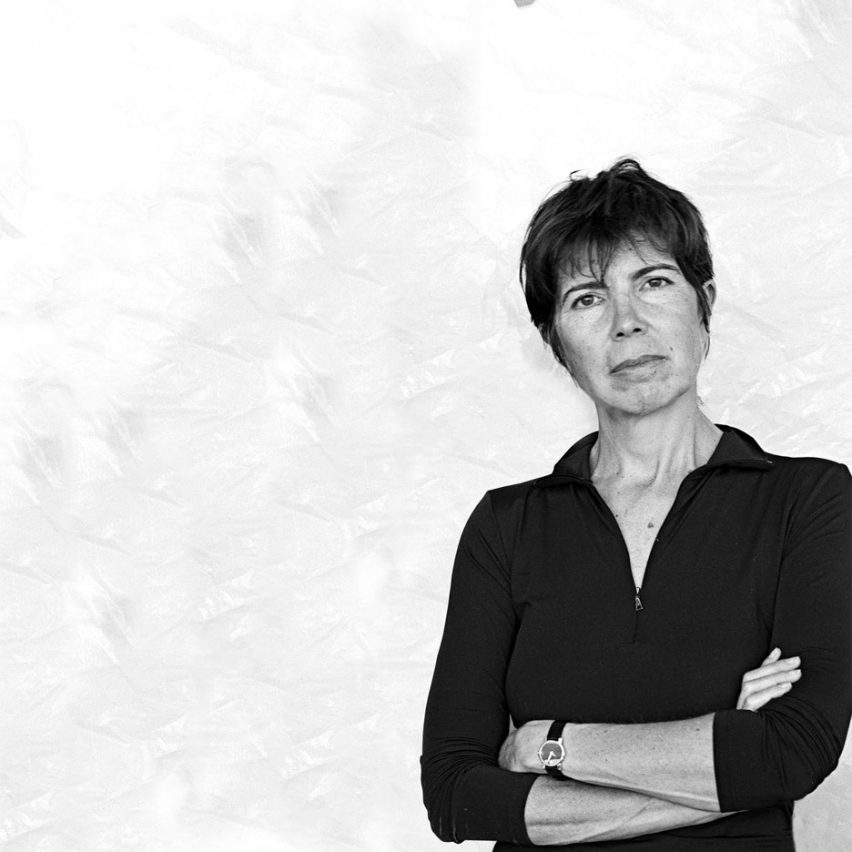
Read an edited version of the transcript from our interview with Elizabeth Diller below:
James Brillon: How is the recent boom in luxury skyscrapers and supertall towers changing New York?
Elizabeth Diller: We're actually making our first tall tower – not a supertall tower, but still – in Hudson Yards, where we have two buildings. There's the Shed, a cultural building, and also a residential building. The two are conjoined.
That area is zoned up, but just around the train yard. There are multiple tall buildings there. It was planned, with its logic. What you don't have is singular buildings independently, like some of the supertalls that are casting shadows into the park, or just entirely by themselves.
I believe in planning logics where you have neighbourhoods, and you don't just do one building at a time. We need more planning vision in the city than there is now, where there's no thinking of the effect of tall buildings. Every property owner is in it for themselves, building into outer space.
I think [the towers] are pretty weird and interesting from a structural standpoint. I wouldn't mind having one single floor plate to myself with four views, but they damage the city fabric.
I believe in planning, and even zones that are planned up high. There are zones and then logics, and they have edges. There needs to be a consciousness of the urban adjacencies and the products of what the building comes with.
James Brillon: The trope about New York being formed by capital, do you think that it's developing, or changing?
Elizabeth Diller: It's always been a real-estate city, when is it ever going to be different? When you think about the Flatiron, it's just a very economic and optimal fit into that property.
We were part of the High Line project, where we saw, in a matter of years, an open sea of parking lots becoming very expensive. All of them were flipped and built on.
One thing I need to mention is the importance public space. In a progressively privatised city, the defence of public space, the production of new public space, and saving what is public really for the public, is very important for architects, citizens of the city and activists. Before we know it, everything is going to be consumed by the dollar.
James Brillon: How is the MoMA expansion going?
Elizabeth Diller: It's a super-challenging and slow project. MoMA is being careful about every decision. It's undergoing a tremendous, almost seismic change. It's not going to be every floor with its own discipline, the way it is today – you feel that separation.
The chief curators are working together to use the building and expansion in ways that supersede the idea of disciplinary spaces. Those are big decisions.
It ranges from the expansion into the guts of the main building. We needed to do brain surgery and heart surgery to get these things done. There are so many embedded logics that you have to undo. We are also affecting many spaces in other parts of the building – many different moments on most of the ground floor.
I would say it's going really well. We've been working at it for quite a long time, and it's gone through a lot. I think that it will be a big improvement over the years. Hopefully people will start to think about MoMA in a different way.
James Brillon: Let's hope so.
Elizabeth Diller: Being a New Yorker, and someone that goes to MoMA as a patron, I want it to be good. I don't want to feel like the space is alienating, or over-corporate, or some of the adjectives that have been thrown at it recently. I think that there's room for improvement. We're working on many different aspects of the public-ness and the galleries.
There will be flexible galleries that will cross over disciplines and mix things together. It will also have a street-level gallery, which is really great. That was one thing we were concerned about. When you enter, the art is like a quarter-mile away, so we're trying to make it more approachable.